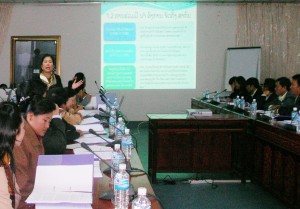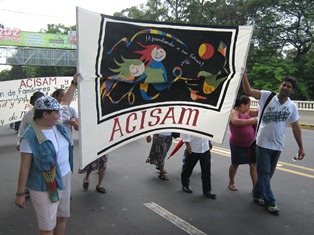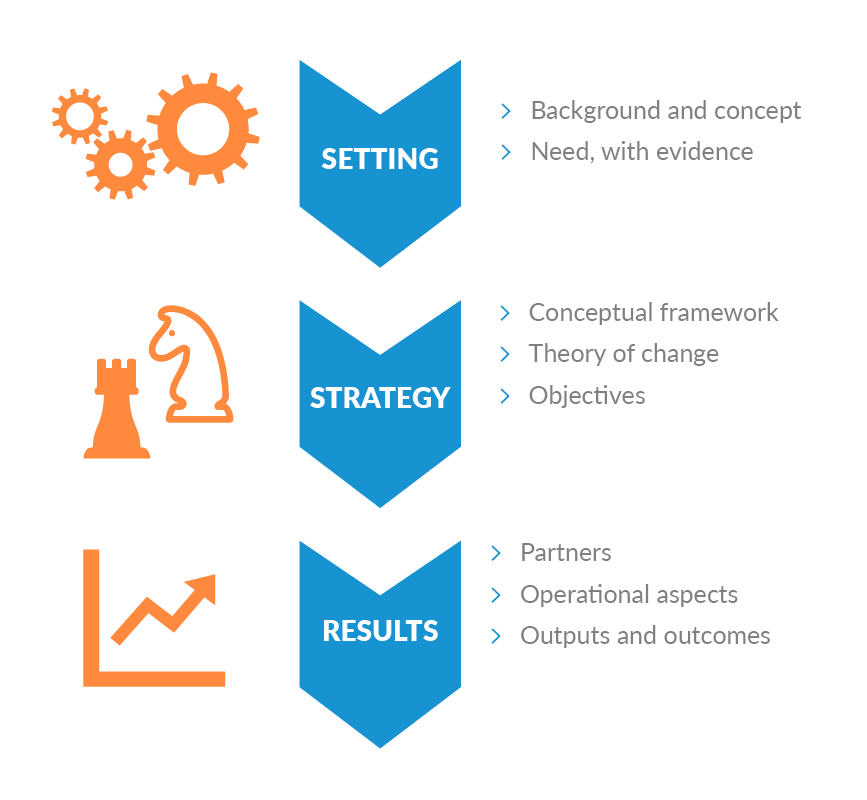
Community initiatives in suicide prevention

The recent report ‘The health and welfare of Australia’s Aboriginal and Torres Strait Islander peoples: 2015’ produced by the Australian Institute of Health and Welfare
Through our association with BasicNeeds, Orygen Youth Health, the Young and Well Cooperative Research Centre and the Mental Health Association of Central Australia (MHACA), Community Works has been involved in initiatives relating to suicide prevention for some years now. We recently contributed to a series of publications on suicide prevention and social media (see the publications page of the Community Works website).
People often start their own projects to combat the tragedy of suicide in their own communities. Reducing the taboo around the subject is part of the battle. MHACA’s Suicide Story training resources are a good example of the long-term commitment that some community organisations have made to reduce the high incidence of suicides, in this case in Central Australia although the resources have been used for training programs in other places too. The MHACA website is currently under reconstruction but a summary of the resources can be found through HealthInfoNet.
The recent report ‘The health and welfare of Australia’s Aboriginal and Torres Strait Islander peoples: 2015’ produced by the Australian Institute of Health and Welfare, noted that during the period 2008–2012 the suicide rate for Indigenous Australians was almost twice the rate for non-Indigenous Australians (based on age-standardised rates). For 15–19 year olds, the rate was 5 times as high as the non-Indigenous rate (34 and 7 per 100,000 population). Suicide is the most common external cause of death of Indigenous people, at 4.8% of all deaths (see http://www.aihw.gov.au/publication-detail/?id=60129550168). According to The Age, if compared with sovereign nations, the suicide rate for Indigenous Australians is now the twelfth highest in the world, with Australia as a whole being 64th.
I was working recently in Ngukurr, a community of around 1,000 people located in the Top End of the Northern Territory, as part of the Stronger Communities for Children program to which Ninti One is contributing with support from the Department of Prime Minister and Cabinet. While in Ngukurr I met Ambrose of Yugul Voice, a local band, one of around sixteen bands in the community. Yugul Voice has written a song on suicide prevention called Moving On, which can be found here. This is another example of a local effort to break the silence around this subject.
Speaking on the ABC, Professor Pat McGorry of Orygen Youth Health recently described suicides as similar to the road toll in Australia in that both represent preventable deaths. He argued that greater emphasis on community-based interventions and a preventative model will save both money and lives.











